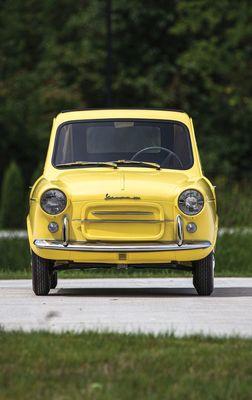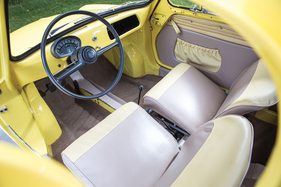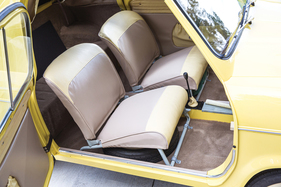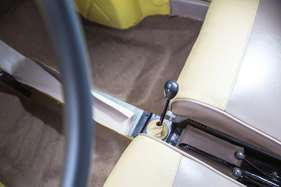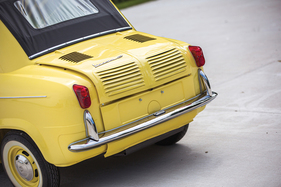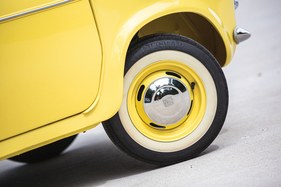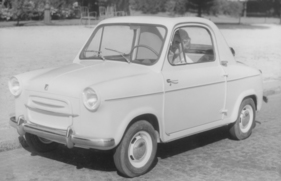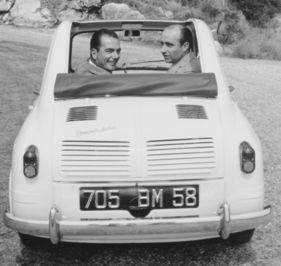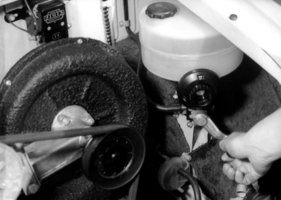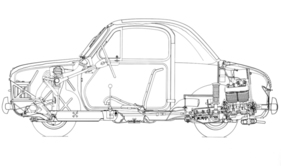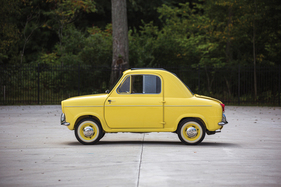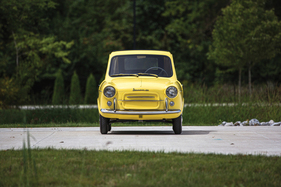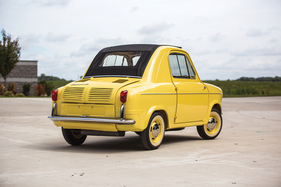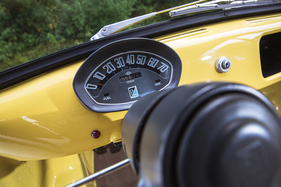Piaggio Vespa 400 - Italian street flea from France
Summary
The Italian road flea from France ensured that the street scene (especially in France and Belgium) became more colorful. At the Paris Motor Show in 1957, hearts flew to it, and today the rare two-door car with the original folding roof is a sought-after cult object. This report tells the story of the small car and shows it in many pictures and in the sales brochure from back then.
This article contains the following chapters
- Long development period
- Celebrities at the presentation
- Proven engine concept
- Original solution
- Without luxury
- Practical ventilation
- Rescue measure without effect
Estimated reading time: 5min
Preview (beginning of the article)
In Europe, people wanted to enjoy the long-awaited peace after the war and discover the world, but mobility was slow to take off. After a boom in scooters such as the Vespa or Lambretta, cabin scooters appeared on the roads in Germany, and in Italy the Fiat 500 Topolino took to the roads. The popular "Topo" was replaced by the 600 in 1955, which was followed by the 500 in 1957. From 1952, Vespa manufacturer Piaggio also developed a two-seater with four wheels, which was launched on the market in 1957 at almost the same time as the Fiat Nuova 500. Piaggio presumably thought that the competition from the "Cinquecento" meant that it had little chance of sales in its home country, and therefore chose France as its market. Consequently, the Piaggio Vespa 400 was then also built by the subsidiary "Société ACMA" (Ateliers de Construction de Motocycles et Automobiles) in Fourchambault near Nevers.
Continue reading this article for free?
Photos of this article


